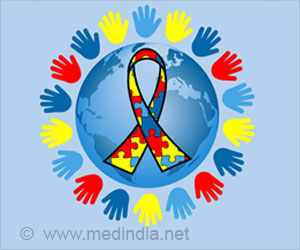To diagnose heart attack clinically in patients, it takes hours together while the new sensor that is invented by the University of Notre Dame and the University of Florida, researchers can diagnose a heart attack quicker in about half an hour. The details of the study are published in
As of now, the indications of a heart attack in patients can be identified with ECG, Echocardiogram, but confirmation is possible only after analyzing the blood samples of the patient which shall take up to 8 hours.
“The current methods used to diagnose a heart attack are not only time-intensive, but they also have to be applied within a certain window of time to get accurate results,” said Pinar Zorlutuna, the Sheehan Family Collegiate Professor of Engineering at Notre Dame and lead author of the paper. “Because our sensor targets a combination of miRNA, it can quickly diagnose more than just heart attacks without the timeline limitation
However, the new sensor could help differentiate between the reoxygenation injuries in the tissue, and a real heart attack, as the sensor targets the three specific kinds of micro RNA.
The unfulfilled clinical need, so far, is addressed by the invention of the new sensor as it differentiates the reoxygenation injuries to the tissue from the lack of sufficient blood supply to the organ.
“The technology developed for this sensor showcases the advantage of using miRNA compared to protein-based biomarkers, the traditional diagnostic target,” said Hsueh-Chia Chang, the Bayer Professor of Chemical and Biomolecular Engineering at Notre Dame and co-author of the paper. “Additionally, the portability and cost efficiency of this device demonstrates the potential for it to improve how heart attacks and related issues are diagnosed in clinical settings and developing countries.”
So, When Can We Get It to Our City?
Presently, patent processing for the invention is in process, but soon we can see the sensor to be manufactured by a startup company, for what the researchers are working with Notre Dame’s IDEA Center.
Source: Medindia



